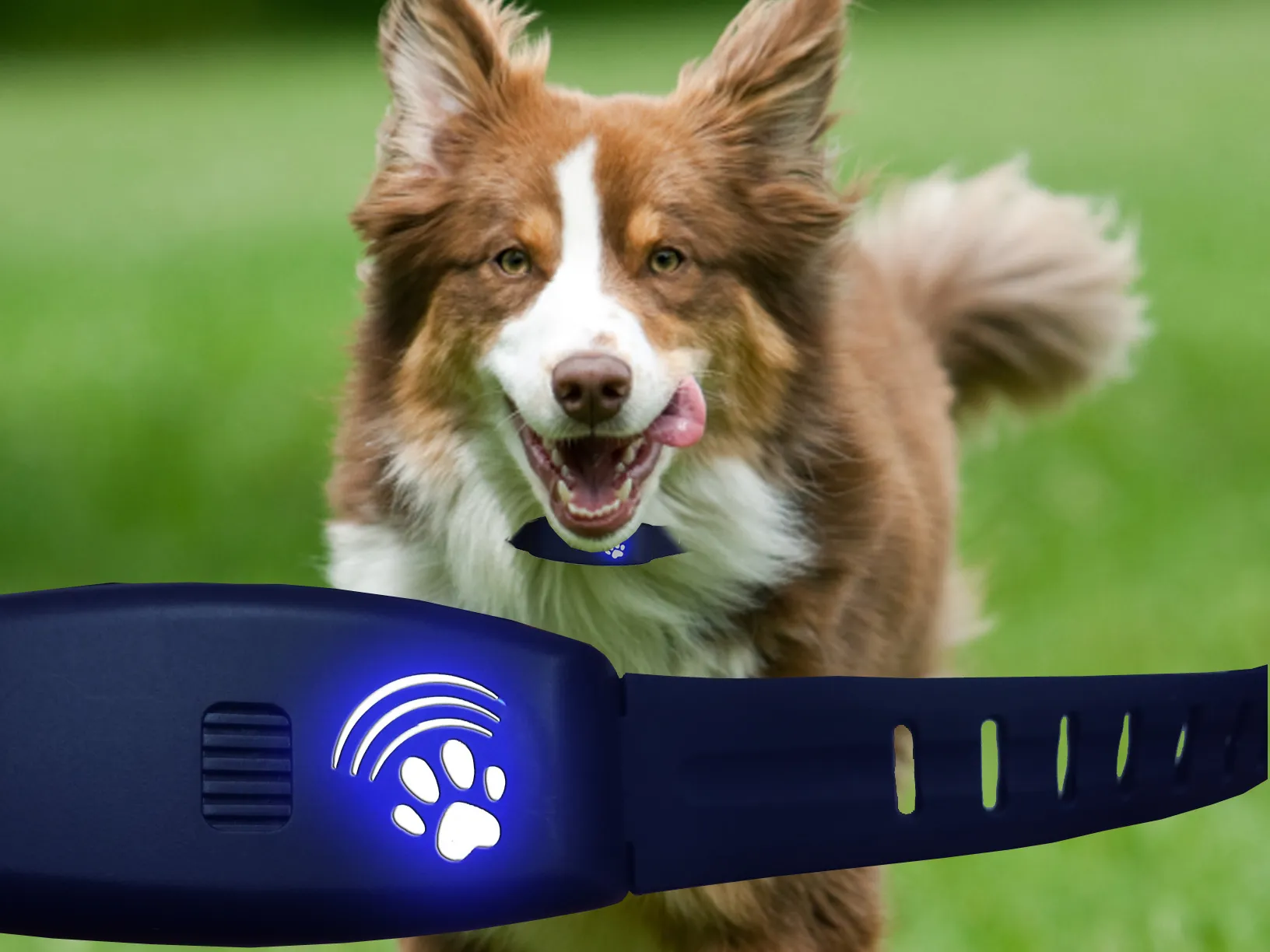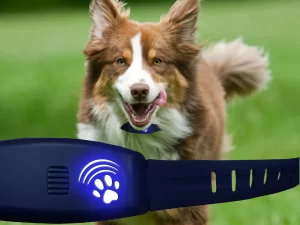It would not be an exaggeration if we say that, in the past few years dog technology has penetrated beyond human applications and evolved pet care. Of these innovations, there are unique shifts in pet care – and a major driver of those new trends is artificially intelligent (AI) technology. The future of AI-driven pet care In this blog post, we will look at the fascinating world of AI-powered pet care to see how it might be put into practice as well as why it could benefit us and work on our relationships with these four-legged friends even more.
Table of Contents
ToggleWhy AI in Pet Care Matters?
AI can improve health monitoring, behavioral analytics, and the general welfare of dogs making a difference to every dog owner around the world. Here are a few of the main reasons AI pet care is taking off:
For more advanced Monitoring: AI can identify and track data from endless sensors and devices to monitor a Dog’s health metrics in real-time spotting early signs of diseases and/or behavioral changes.
Personalized Care: AI algorithms can be trained using data patterns to provide custom nutrition, exercise regime, and behavior training among others as per the specific needs of all dogs.
– Improved Communication: Via voice recognition, AI-driven devices could bridge the gap for pets and humans to communicate more effectively – resulting in dialogue/conversation or commands/responses that can contribute towards further engagement/training done through interaction.
Advances in technology have made it possible to use smart devices with AI capabilities, thereby providing remote monitoring and even autonomous response if necessary, which can also generate alerts that save the lives of dogs.
Uses of AI in Dog Technology
1. Disease Monitoring & Diagnostics
Using data captured from wearable devices, such as smart collars and health monitors, AI algorithms can monitor a dog’s activity levels, heart rate, or even sleeping patterns. This continuous monitoring enables you to catch any potential health issues early on in their progression, so if necessary veterinarians can be brought it right away.
2. Behavioral Insights
Cameras and sensors powered with AI can monitor the behavioral patterns of a dog as well as their surroundings to understand when the animal is exhibiting signs that imply stress, anxiety, or discomfort. This knowledge helps owners to modify the environment or routine of their dog to improve its mental health.
3. Nutritional Guidance
By analyzing the breed, age, risk factor, and activity of the dog AI can say about the dog’s dietary intake and assist in knowing what to feed a particular type of bread. This information is used by owners to make well-informed decisions and select the right type of food, in appropriate amounts that will help them look after an optimal health status as well manage their weight.
4. Interactive Toys and Devices
AIs can create exciting, check-based toys that call dogs both mentally and physically at home while owners are absent. These devices are clever and can vary activities based on your dog’s response as well as assist in their cognitive development whilst eliminating boredom.
Advantages of AI in Pet Care
1. The Braking System Has Low-Cost Early Detection (Happens In Large Numbers For Health Issues)
Early veterinary attention can quite literally save lives if AI monitors provide timely alerts to increasing health concerns.
2. Improved Quality of Life
By providing personalized care plans for dogs formulated by AI to meet their specific needs, and designed to optimize nutrition, exercise, and mental challenges we can improve a dog’s life.
3. Peace of Mind for Owners
By serving as dog sitters at home, AI-powered devices remotely monitor and alert owners on the well-being of their dogs when not there providing peace of mind to those wanting assurance virtually.
4. Positive Progression within Veterinary Medicine
In conjunction with veterinary research, they are capable of improving our understanding and treatment plans for common canine health issues.
Challenges and Considerations
1. Data Privacy and Security
One of the issues is the harvesting and sharing of sensitive data by AI devices which supposedly raises privacy concerns. Also, for the safety of all involved – and because clearer guidance on how to humanely detain dogs is needed before it can be treated as a best practice – explicit standards should ensure these developments do not lead pet owners or their animals further down this slippery slope.
2. Cost of Technology
The initial cost of AI-integrated pet care devices and services may be high enough to preclude access for some dog owners who are unable to afford these innovations.
3. Veterinary Care Integration
For AI technologies, integration with traditional veterinary care is a priority to develop health management and treatment plans for dogs accurately.
The Future Outlook
The promise of future innovation in AI-powered pet care is exciting, and I sincerely hope that these tools will soon be miniaturized or disguised as common household items that integrate with our dogs daily. “Through technology, what we can expect is the following:
– Next-Generation AI Devices: More intuitive, smarter devices that blend seamlessly into the home and lifestyle so caring for pets becomes an elevated experience.
– Widest market adoption: broader acceptance, and increased application of AI technologies among pet parents as gains become more visible & approachable.
Collaboration and Research: Further collaboration of tech developers, veterinarians, and researchers to enhance the efficacy of AI applications for improving canine health & welfare outcomes
Conclusion
AI pet care is a big jump in caring for and protecting our dogs. These AI technologies are set to transform every part of our dogs’ lives from health monitoring and personalized nutrition to interactive play, and behavioral insights. How these fostered works of AI evolve and get leveraged to all our medical benefits, will change how pets too are treated and loved by us humans.
For more similar info :
































